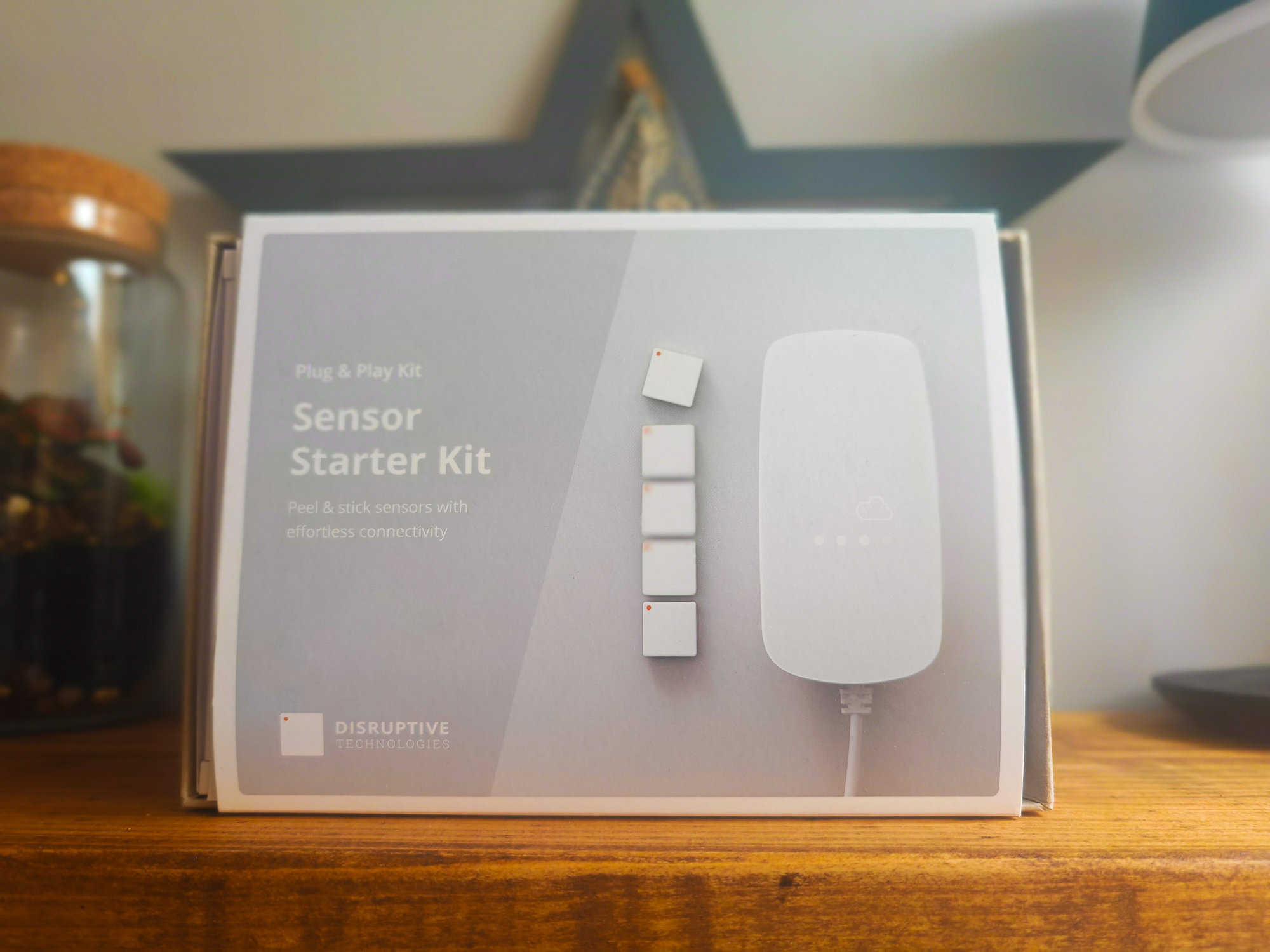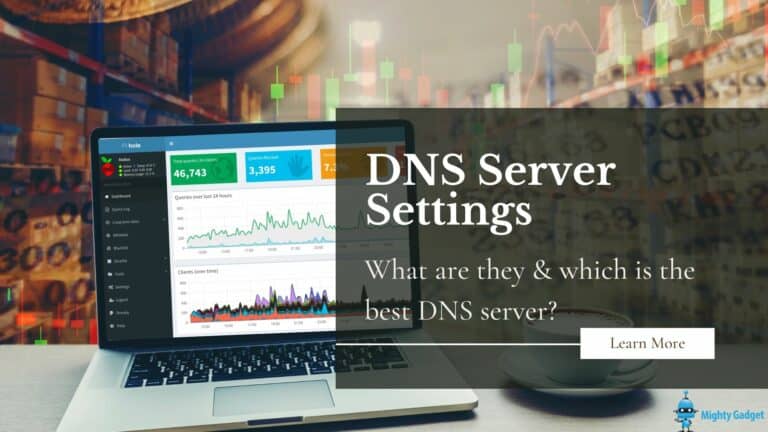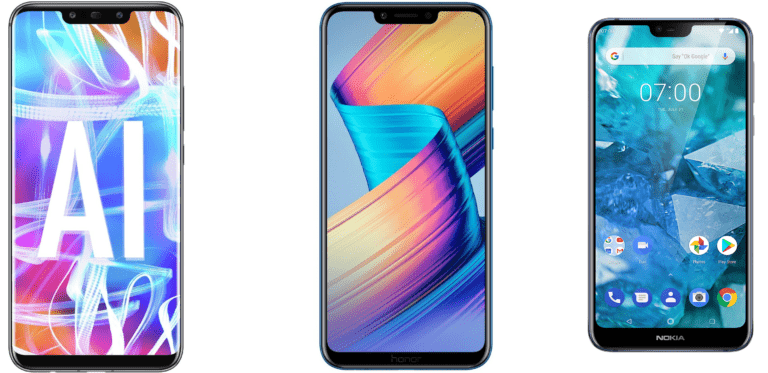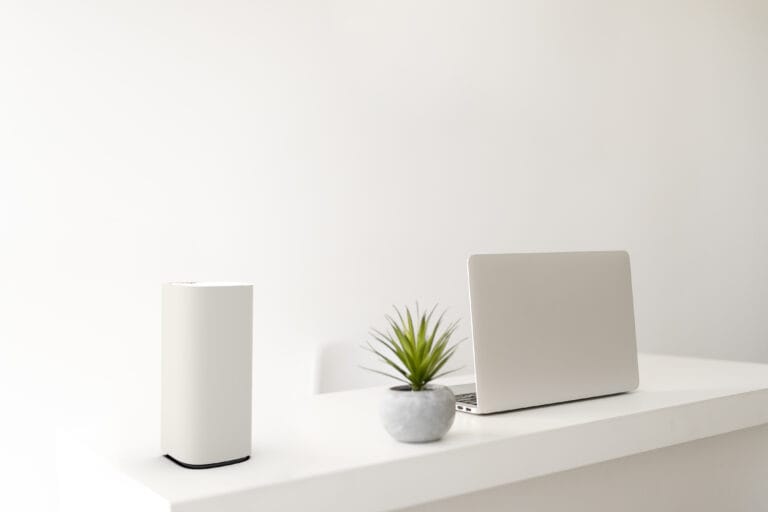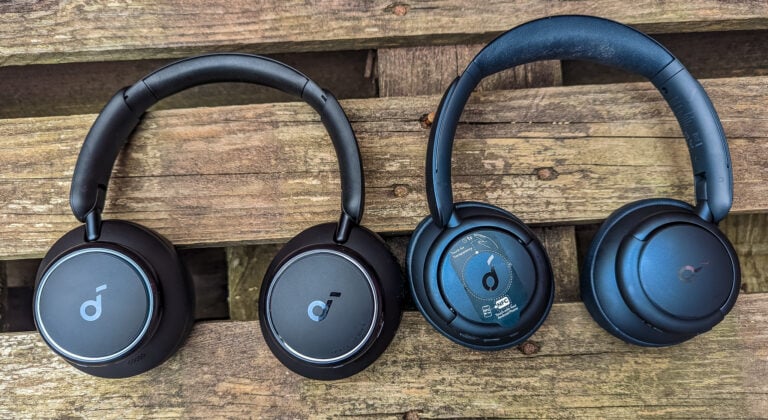Any links to online stores should be assumed to be affiliates. The company or PR agency provides all or most review samples. They have no control over my content, and I provide my honest opinion.
I have written extensively about IoT and smart home technology over the years, but almost all of this content has been with a focus on consumers.
Smart home tech may be useful in making our lives a little bit easier, but the commercial application of IoT can have significant benefits for businesses.
Disruptive Technologies is a company that aims to revolutionise building management (or disrupt it). They have developed a range of ultra-discrete sensors that can work for over ten years and with IP68 protection. This makes these sensors ideal for long-term monitoring of building environments, and the system can be easily integrated with your own applications via webhooks or the extensive REST API.
Key Features
The Disruptive Technologies hardware is quite unique compared to the consumer-orientated IoT/smart home systems I am more familiar with.
SecureDataShot (SDS)
Most smart home systems will use Z-Wave, Zigbee or Thread, but these often have device limitations. The Philips Hue bridge can only handle 50 devices. Aqara states that Zigbee has a practical network size of over 100 devices, while Thread can handle over 200 devices.
Disruptive Technologies realised that for commercial applications and building management, there will often be high sensor density installations, so they developed their own high sensor density installations.
They claim that a single cloud connector can handle tens of thousands of sensors in a small area.
The technology they have developed has more in common with LoRa, which is the technology behind Helium Hotspots.
SecureDataShot (SDS) uses the same bands as LoRa, with 868MHz for Europe and 915MHz in the US.
Sensor size and battery Life
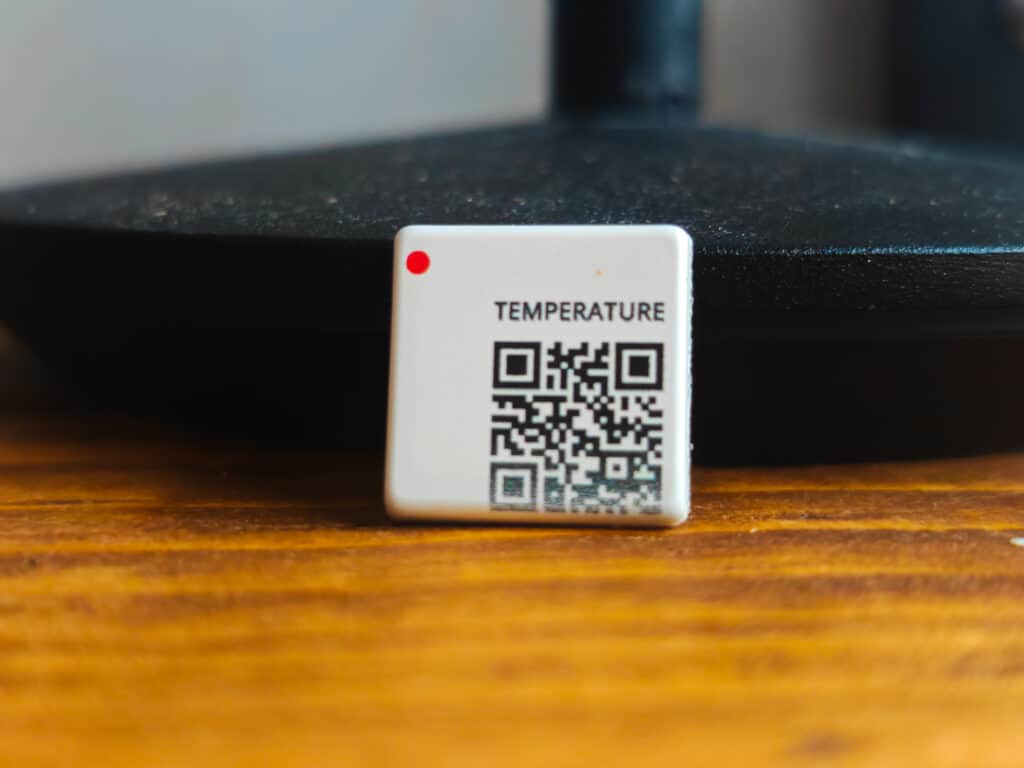
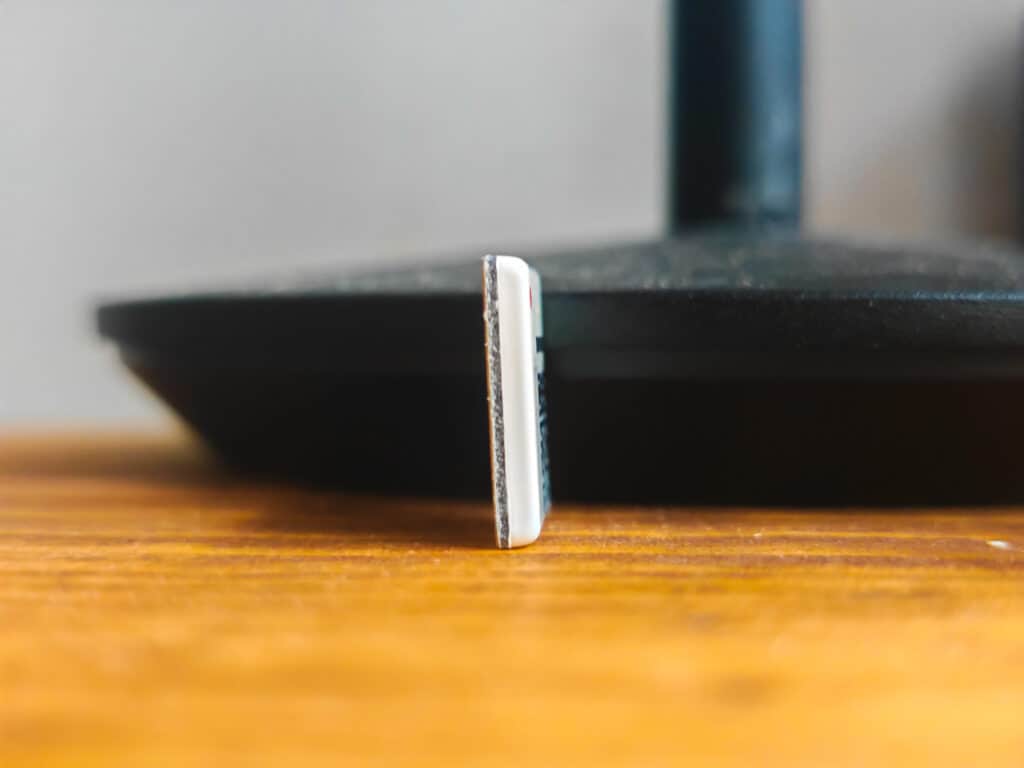
The initial stand-out feature is that the sensors included with the package are tiny at just 19mm high and wide and then just 2.8mm thick. That makes the footprint around the same size as a first-class stamp.
Furthermore, the battery life is longer than any other sensor I have ever used. The different sensors have a battery life of 10 to 15 years when used with their default configuration. This is partly because the readings are performed at 15-minute heartbeat intervals and the low-powered SecureDataShot protocol.
4G Cloud Connector
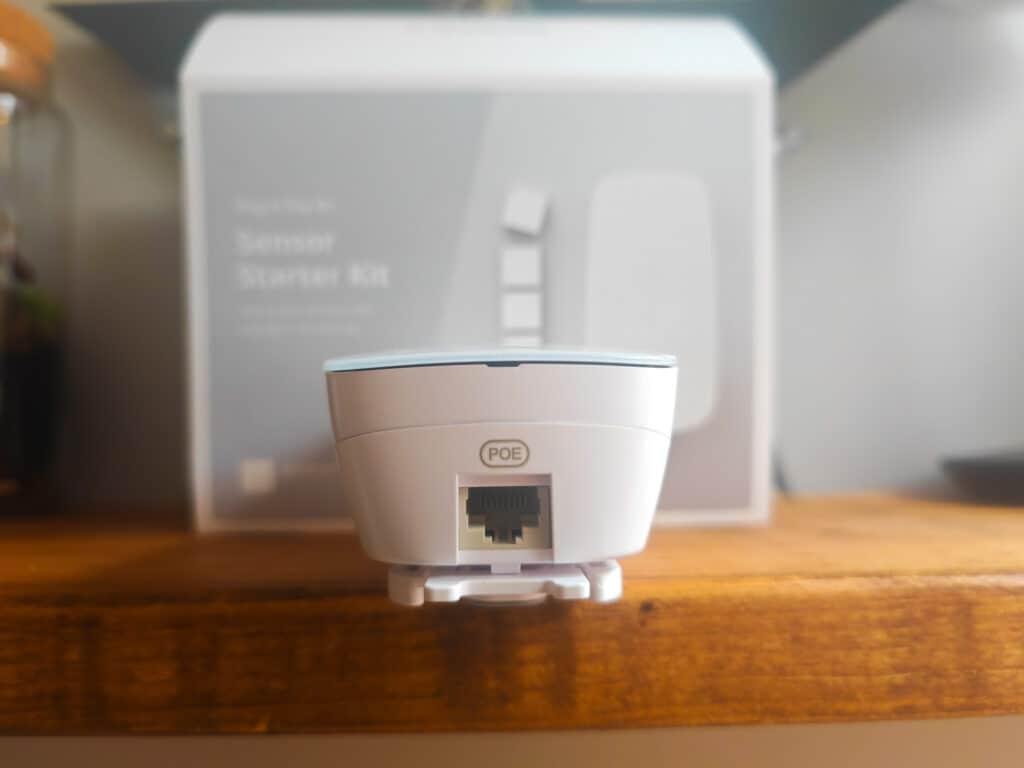
The cloud connector is also unique compared to consumer devices. It uses POE for power, and the packaging includes a POE injector. Therefore, this makes it much easier to install in most commercial or industrial premises as the client will likely have POE switches for access points and surveillance cameras. I’d love it if consumer smart hubs implemented POE, as it would make the set-up far tidier.
Furthermore, the cloud connector has a built-in 4G/3G/2G cellular connection, and data is included as part of the package. Again, this makes the system ideal for remote monitoring, providing you with a reliable data backup, or alternatively the sole form of data in environments that don’t have Internet connections.
API Integrations / Data Connectors
For consumer smart home systems, we have become used to having everything easy to integrate. Things like Philips Hue easily work with dozens of other smart home ecosystems through their API, and all you normally need to do is connect your account by logging in. Then, things like Matter aims to make all smart home technology interoperable.
Disruptive Technologies is very different; there is no hand-holding as this system is designed more for commercial use.
You have the freedom to integrate the system how you like using the data connector function and REST API, which will require a varying degree of programming knowledge depending on what you want to achieve.
Disruptive Technologies has some excellent documentation on how to integrate the system with other platforms. They also have some example integrations showing you how to forward Data Connector events to cloud services such as Heroku, Google Cloud Functions, AWS Lambda and more.
It has been years since I have done any programming, so I haven’t tested this particular part of the system. The documentation looks good, though.
Included Sensors
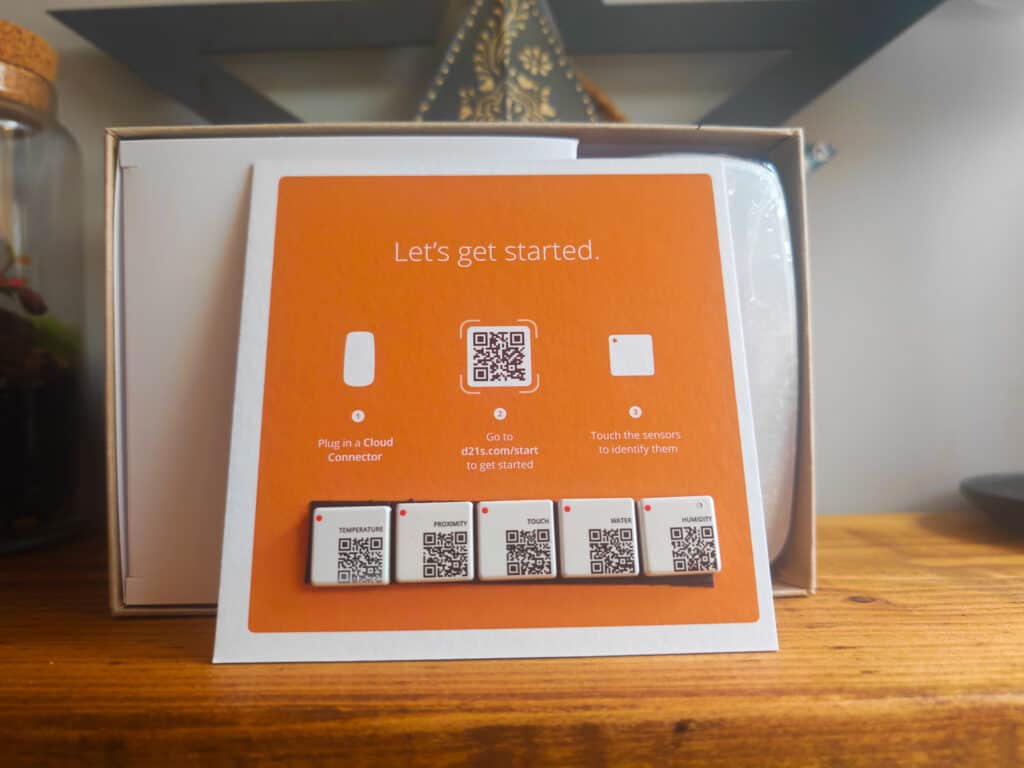
The sensor starter kit includes a variety of sensors to cater to different needs:
- Humidity Sensor: This sensor measures the moisture content in the air, providing crucial data for environments that need to maintain specific humidity levels.
- Proximity Sensor: Useful for detecting the presence of nearby objects without any physical contact.
- Temperature Sensor: Helps monitor and control the temperature in different environments.
- Touch Sensor: Can be customised to send notifications whenever it is touched.
- Water Detector: Useful in detecting the presence of water and preventing potential water damage.
Additional Sensors
Disruptive Technologies also indicates that they have additional sensors that are not part of the starter kit. This includes:
- Wireless Desk Occupancy Sensor – The Desk Occupancy Sensor is tiny, non-invasive and has a long battery life (8 years)
- Wireless CO2 Sensor – Measures the CO2, temperature, humidity, and barometric pressure in any space and with a 10 year battery life.
- Wireless Motion Sensor – Detects the presence of people in a room with a 14 meter detection diameter.
Set Up – No app, but DT Studio is excellent.
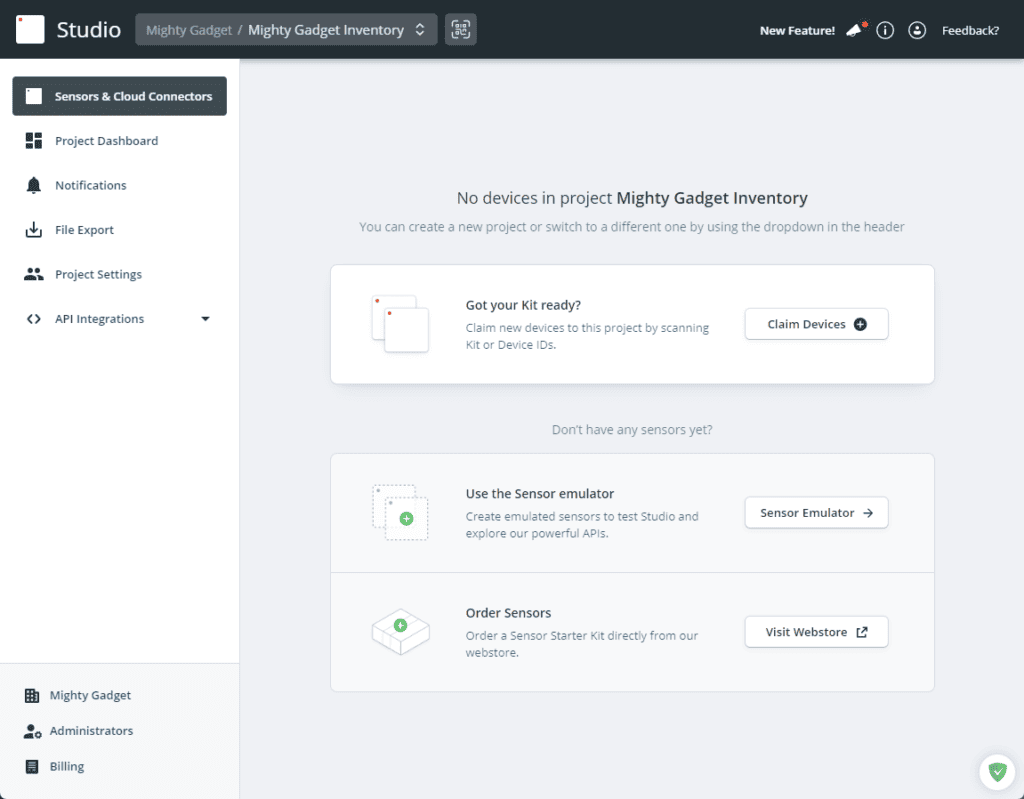
Another thing that differentiates Disruptive Technologies from your generic smart home system is the lack of a mobile app, which makes sense considering the commercial nature of the system. Everything is managed via DT Studio.
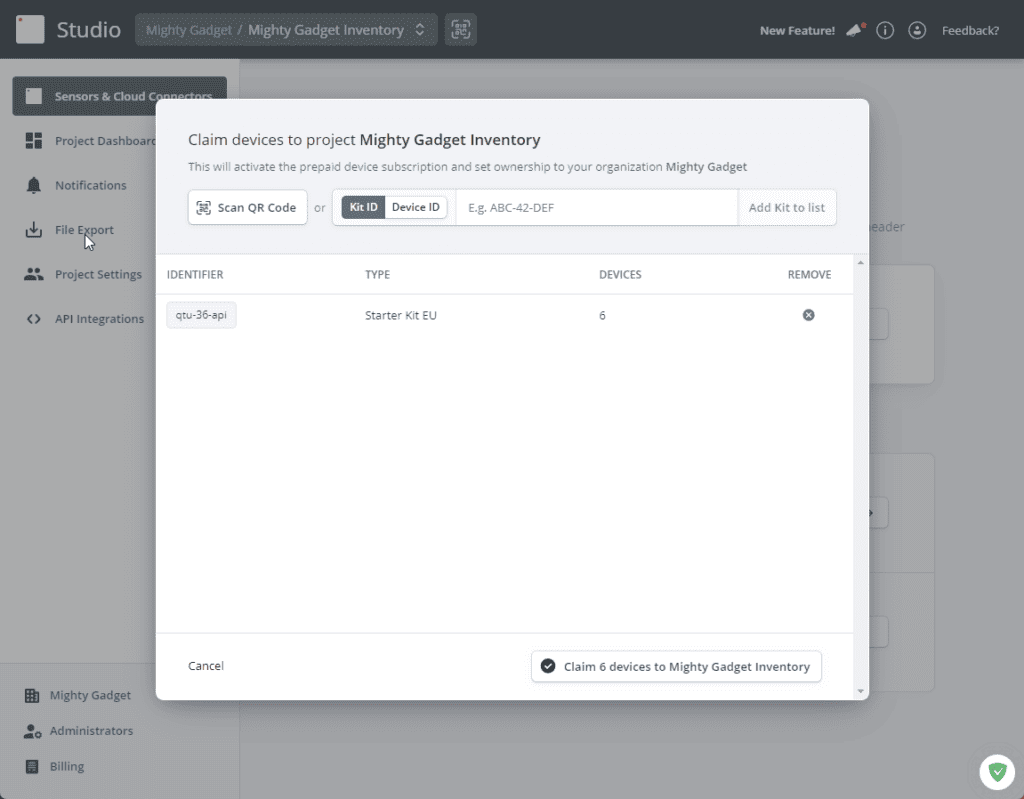
Set up is also incredibly easy. You will need to register an account. Then, you can either scan the QR code (if using DT studio on your mobile) or type in the code to pair your devices. Conveniently, you don’t have to faff around pairing each sensor; there is a separate code for the entire kit, allowing you to add everything at once.
DT Studio Features / In-Use
DT Studio is nicely designed, and I found it easy to use. It is quite basic, though. Clearly, the idea is that you use DT Studio to collect your data and you then process it however you want with the data connectors.
Sensor Management
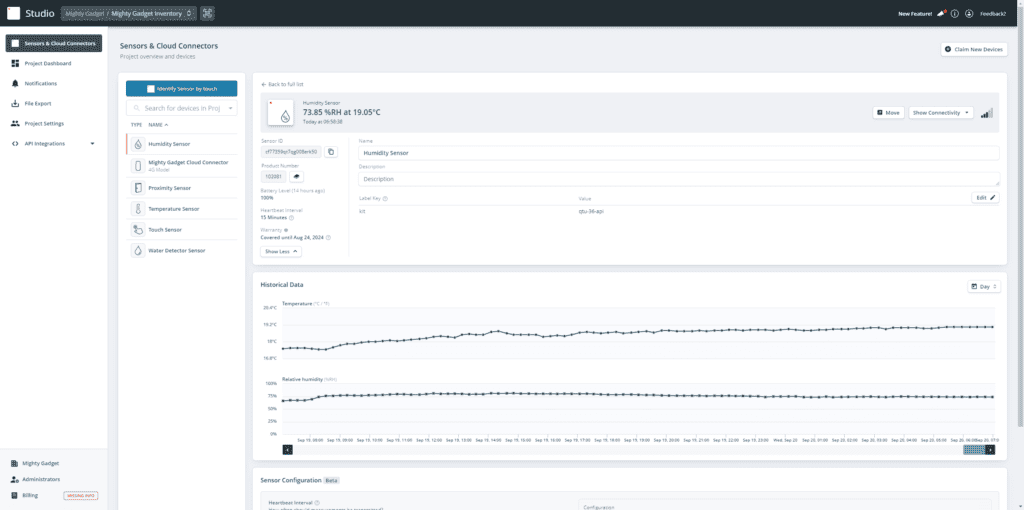
Under Sensors & Cloud Connectors, you can see all your connected sensors, the quality of the signal, when it was last seen and the current state.
Going into the sensor allows you to change its name and provide a description.
You can see all the sensor data you need, including the battery life, a historical view of the connection quality and a historical view of the data it has collected.
You can also change the heartbeat intervals. For the humidity sensor, this is 15 minutes by default, but you can lower it to 60 minutes. This is much lower than you’d get from a home sensor, but this is why the sensors last so long, and it is more practical in a building management environment.
Sensor Data / Project Dashboard
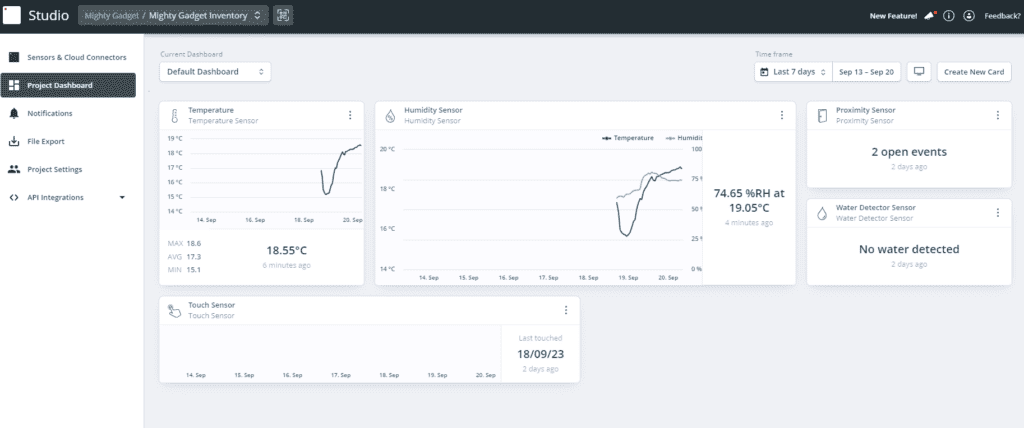
Under the project dashboard, you can customise the page to view all your sensor data with the option to display the data in different size cards and group matching sensors onto one card.
This then allows you to get a good overview of the current building conditions.
Sensor Range
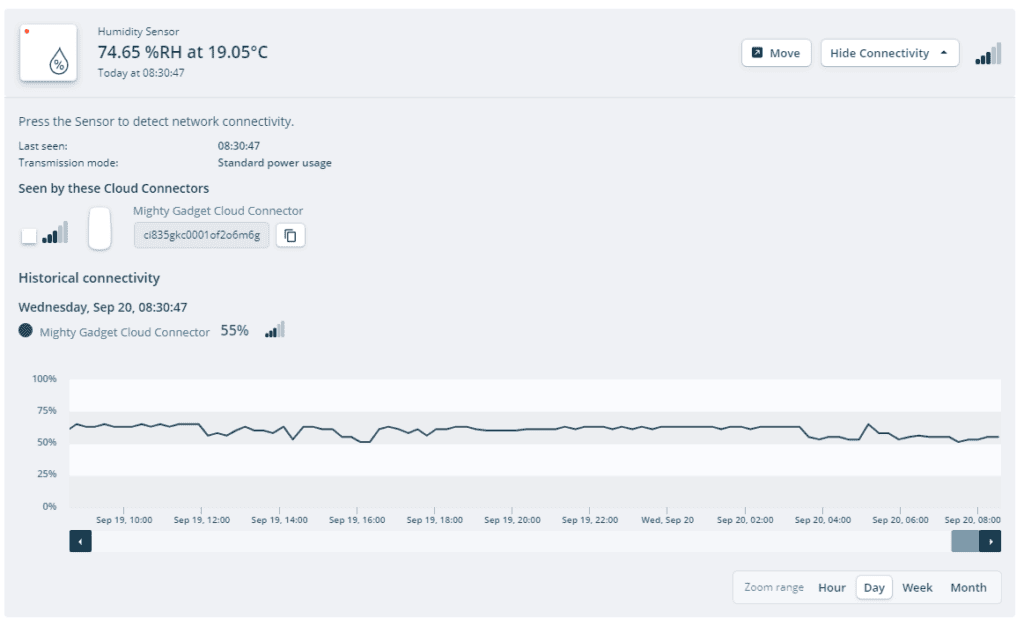
Due to the size of these sensors, the sensor range isn’t quite as good as you would get from normal home sensors.
With the cloud connector in my office and the sensors all located in the room next door, which is across a corridor, the sensor signal seems to average about 50%.
The company also has a range of accessories, and one of these is a range extender. This passive wireless external antenna increases the connection between a sensor and a Cloud Connector up to quadruple the range.
For the temperature sensor, Disruptive Technologies states the sensor has an indoor range of 40m using the 2nd Gen Cloud Connector or 150m if you use the passive range extender.
It also appears that the sensor can go into high boost mode, extending the range but shortening the battery life. I can’t see a way to manually enable this; it appears that the sensors will auto-configure if the signal is too low.
When used outside, Disruptive Technologies states the sensor range can be up to 1km.
Notifications
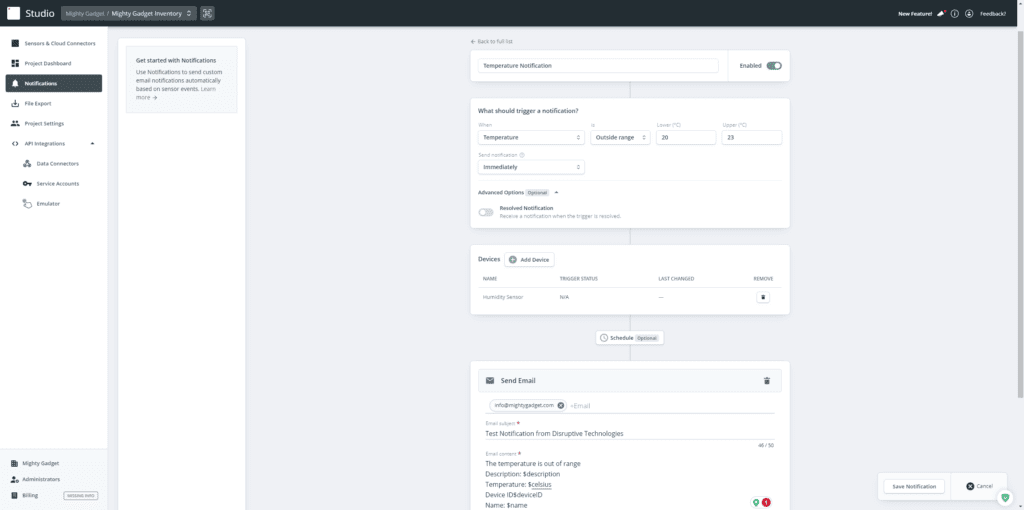
Apart from manual observation, the only real functionality I was able to test was the notification system.
This is a simple email-based system that’s easy to set up. You define what your trigger should be, the conditions to trigger, the devices you want to use for the notification, the schedule, and then what the action should be.
The action is limited to email, but you can customise the email’s content, including various dynamic variables.
Price & Running Costs
It will likely come as no surprise that this system from Disruptive Technologies is priced for commercial use.
The Sensor Starter Kit is £579, which includes the five sensors I have tested and the 4G Cloud Connector, and this includes one year of service.
Disruptive Technologies doesn’t publish the subscription renewal costs. They state that the cost depends on your pricing agreement. I assume the cost per device will vary depending on the size of the system.
Overall
The Disruptive Technologies kit is an impressive system that is a good way for businesses to test the Disruptive Technologies system and see how useful it could be for your chosen application.
Admittedly, in my home, I have not had much use for the system. If there were no running costs, I’d probably use the temperature and humidity sensors around my home for long-term monitoring. With an IP68 rating and -40°C to +85°C temperature range, these sensors would be useful for harsh environments outside or in appliances like fridges and freezers.
For building management, I can certainly see the appeal. The discrete dimensions and long battery life make these ideal for monitoring all aspects of a building.
These sensors are also being used to protect historical buildings by providing early leak detection. The Royal Opera House in London, UK, for instance, is using the moisture-sensing capabilities of these sensors for this purpose.
The city of Oslo used the temperature sensors to monitor the temperature inside 100 transport containers used for the transport of the Covid-19 vaccine, as these needed to be stored between 2 and 8 degrees Celsius.
Ospelt Catering, a high-end catering and restaurant company, use the sensors extensively across a range of 50 restaurants, shops and venues for monitoring the conditions of fridges and freezers. This allows them to minimise admin tasks and identify maintenance needs efficiently, avoiding spoiling food and excessive downtime.
Disruptive Technologies lists various uses including:
- Environmental Monitoring
- Property Damage Protection
- Space Occupancy
- Cold Storage Monitoring
Disruptive Technologies Sensor Starter Kit Review
Summary
The Disruptive Technologies kit is an impressive system that is a good way for businesses to test the Disruptive Technologies system and see how useful it could be for your chosen application.
I am James, a UK-based tech enthusiast and the Editor and Owner of Mighty Gadget, which I’ve proudly run since 2007. Passionate about all things technology, my expertise spans from computers and networking to mobile, wearables, and smart home devices.
As a fitness fanatic who loves running and cycling, I also have a keen interest in fitness-related technology, and I take every opportunity to cover this niche on my blog. My diverse interests allow me to bring a unique perspective to tech blogging, merging lifestyle, fitness, and the latest tech trends.
In my academic pursuits, I earned a BSc in Information Systems Design from UCLAN, before advancing my learning with a Master’s Degree in Computing. This advanced study also included Cisco CCNA accreditation, further demonstrating my commitment to understanding and staying ahead of the technology curve.
I’m proud to share that Vuelio has consistently ranked Mighty Gadget as one of the top technology blogs in the UK. With my dedication to technology and drive to share my insights, I aim to continue providing my readers with engaging and informative content.

